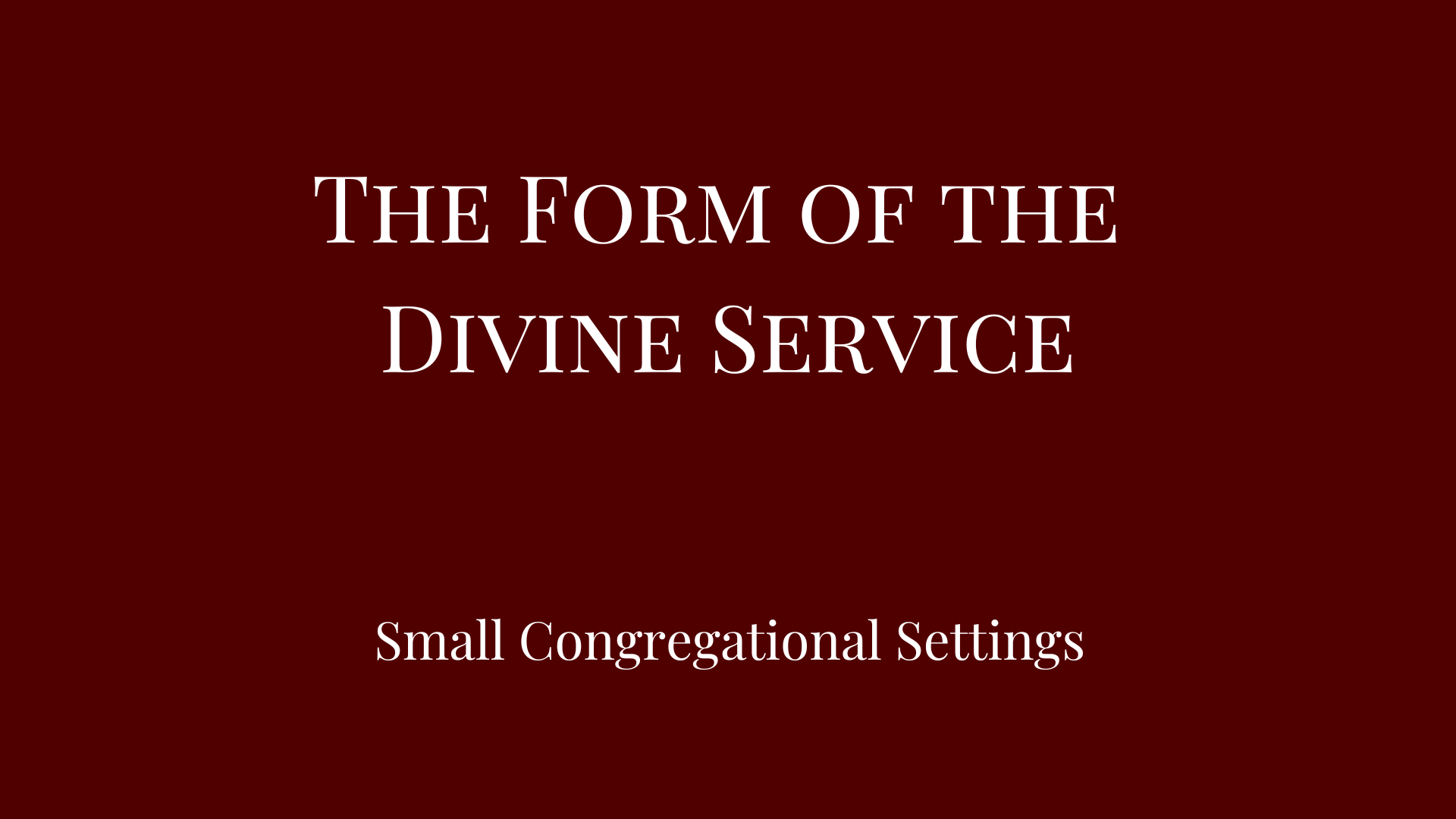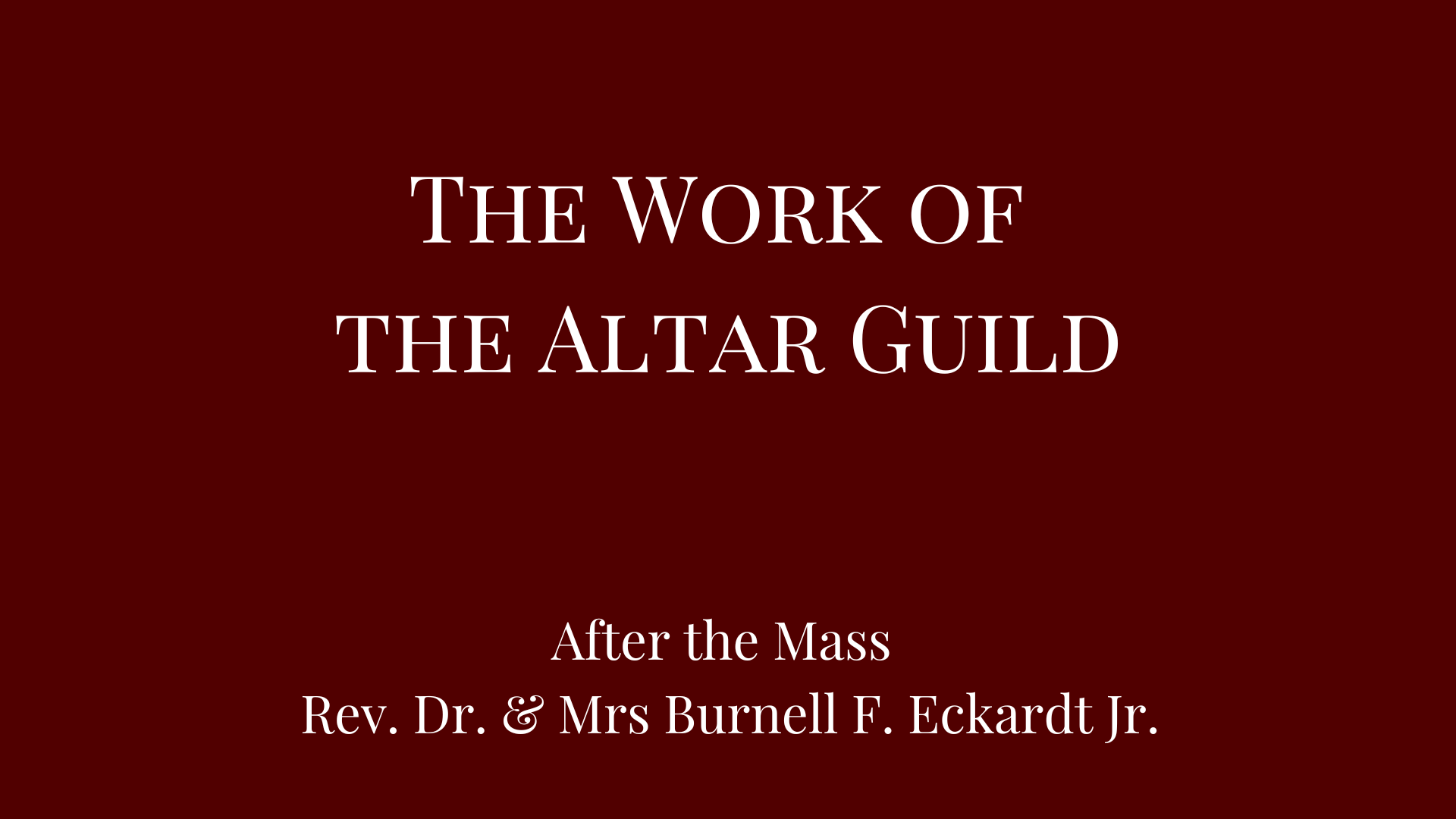In This Issue
Adiaphora in Reverse – Burnell F. Eckardt Jr.
The Missouri Synod’s Lacking Judiciary – David H. Petersen
Why Rubrics? (Continued) – Mark P. Braden
Rolling Away the Stone – Karl F. Fabrizius
Extraordinary Essay:
The Donkey and Tiger Revisited – Larry L. Beane II
Ocular Aphorisms – Fritz the Penguin





This year has seen the appearance of at least two new Advent calendars in Lutheran circles, both of which are well worth your time.
The first will make a welcome addition to the Advent routine of any language enthusiast.